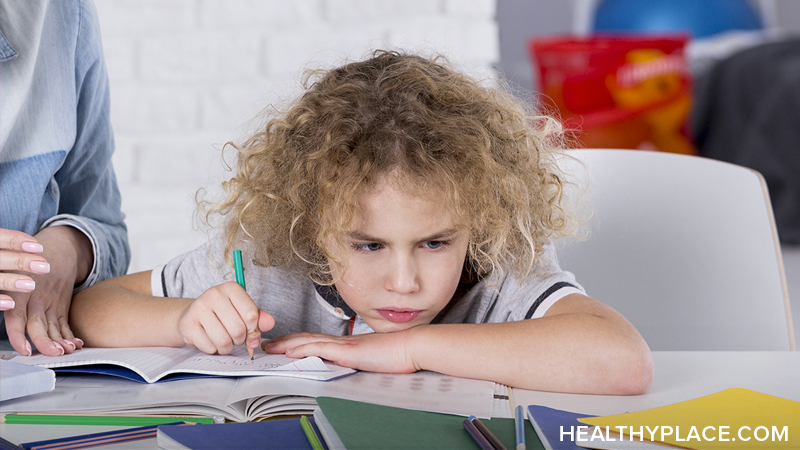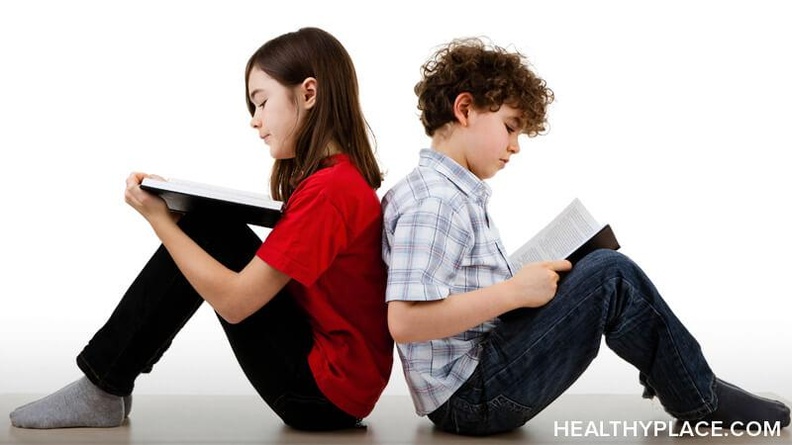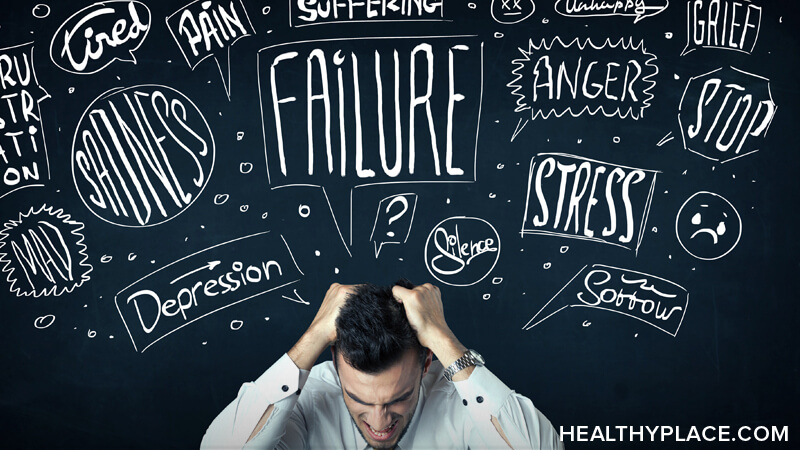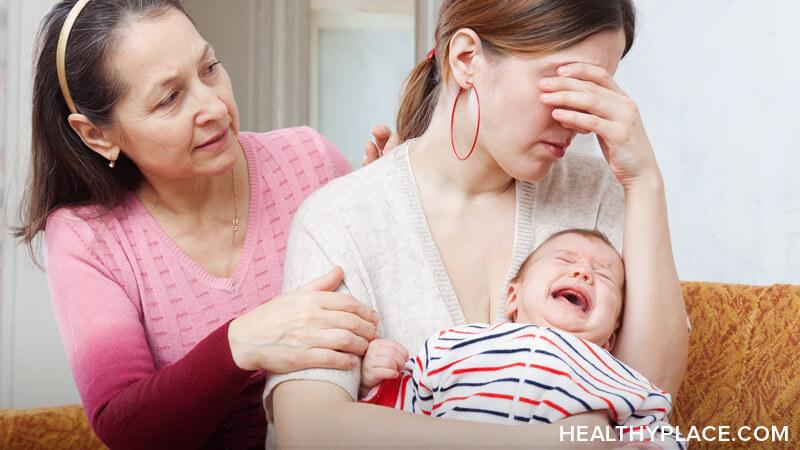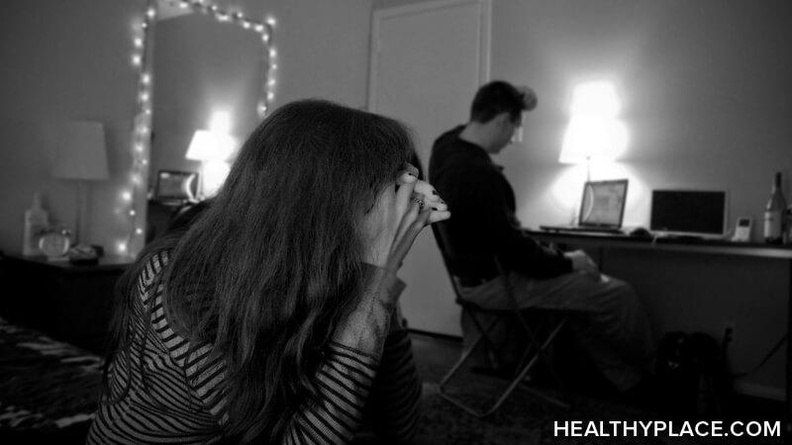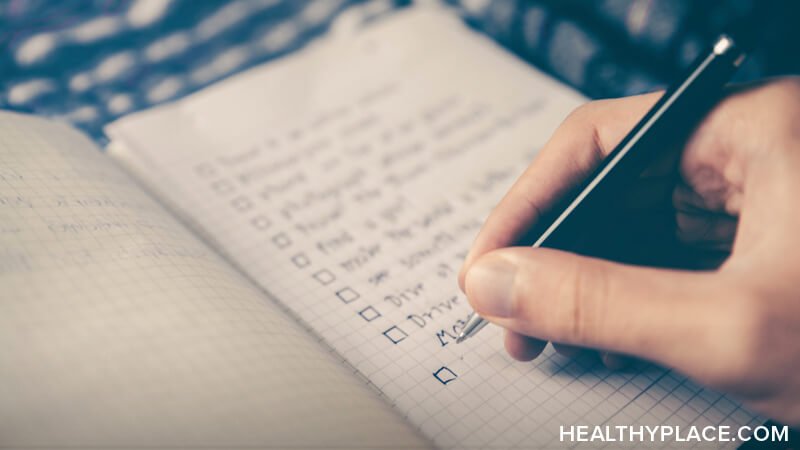What Are the Characteristics of a Learning Disability?
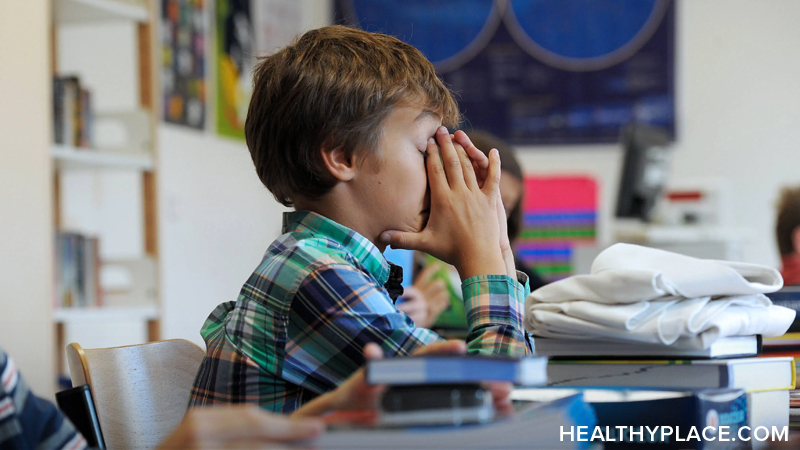
Characteristics of a learning disability are features that you can observe and that shape a child’s experiences living with a learning disability. Learning disabilities characteristics apply to the disorders; additionally, learning disorders can create certain traits in kids. Knowing these characteristics helps you understand both your child’s learning disorder and your child. When you’re familiar with the characteristics of a learning disability, you are better equipped to help and support your child in all aspects of their life, whether it’s education, behavior, relationships, and more.
Learning Disabilities Characteristics
Learning disabilities are lifelong. They often become evident in childhood when kids enter school. People are born with a learning disability, but the characteristics usually aren’t noticeable until later. It makes sense that learning disabilities characteristics become clear to others once a child tries to learn in a structured environment. Because of this, learning disabilities often go undiagnosed until elementary school, middle school, or high school (and some people aren’t diagnosed until adulthood).
The primary feature of a learning disability is that it is a processing problem of the brain. Characteristics of learning disabilities can include the traits, signs, and symptoms of each learning disorder. Beyond the language, communication, and mathematical problems that make up a disorder, learning disabilities characteristics also include features like:
- Motor skills deficits, both fine and gross
- Problems with hand-eye coordination
- Memory problems
- Sensory issues
Cognitive deficits are prominent characteristics of learning disabilities. Cognitive skills are needed to succeed in the classroom, on the playground, at home, in activities, or elsewhere. Among the cognitive characteristics:
- Problems with attention skills like sustained attention (inability to remain focused), selective attention (difficulty blocking out or ignoring distractions), and divided attention (problems trying to do two tasks at once, like listening and writing down words)
- Visual processing difficulties
- Auditory processing problems
- Working and long-term memory problems
- Struggles with logic and reasoning
- Slow processing speed
These general characteristics apply to learning disabilities. Children with learning disabilities also have identifiable characteristics.
Characteristics of Children with Learning Disabilities
All children are unique individuals, including those who happen to have a learning disability. While no two children with the same learning disorder are identical, there are certain traits these kids often have that are associated with their disability. General learning disabilities can be related to these characteristics in kids:
- Strong emotions
- Feeling little control over emotions
- Always feeling at least a step behind classmates
- Feelings of frustration and anger because they believe they’ll never keep up
- Poor social skills
- Difficulty making and keeping friends
- Attention and focusing problems
- Impulsive behavior
- Hyperactivity
- Cognitive problems
- Difficulty working and playing quietly
- Problems waiting in line, like forming a line at the classroom door and standing still
- Difficulty waiting for their turn, such as waiting to use a swing on the playground
- High degree of frustration felt or expressed seemingly constantly
- Low self-esteem
You might have noticed that some of the characteristics of learning disabilities are similar to attention-deficit/hyperactivity disorder. ADHD isn’t a learning disability, but according to ADDitude, an authoritative resource on ADHD, about half of kids with ADHD also have a learning disorder (Silver, 2018). Even for kids who don’t have ADHD, learning disabilities are characterized in part by struggles to pay attention, concentrate, and sit still.
Children with learning disabilities have traits that indicate that they can benefit from understanding and support. Further, the disabilities themselves have characteristics that can help you spot your child struggling to learn and process information. Knowing characteristics of learning disabilities will help you help your child.
APA Reference
Peterson, T.
(2022, January 17). What Are the Characteristics of a Learning Disability?, HealthyPlace. Retrieved
on 2025, November 10 from https://www.healthyplace.com/parenting/learning-disabilities/what-are-the-characteristics-of-a-learning-disability
